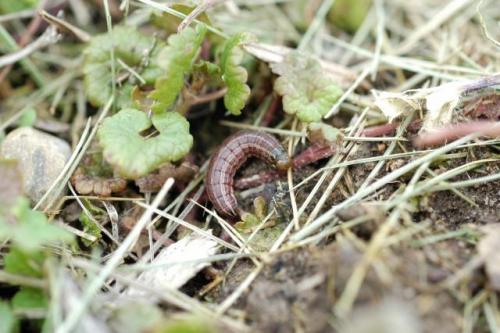Lawn insects can be damaging
Clover Mites
During early to midspring, clover mites also may damage turfgrass around building foundations and in other warm, dry areas of a lawn. Feeding damage appears as small streaks in leaves – a higher population of mites will do heavy damage if not kill the leaves.
Sod Webworm and Grubs
Unhealthy, brown spots in your lawn are a sign that one of these two pests have made their home in your yard. Grub infestation is detected by pulling on damaged grass. If it pulls out easily with no roots attached, it’s likely grub damage. If it stays firmly attached, it is more likely sod webworm. An annual application of insecticide in late May or early June is the preferred way to treat a lawn with recurring grub infestations.
Denver Billbugs
Denver Billbugs are serious pests that live in turfgrass throughout parts of Colorado. They feed below ground and damage either the roots or the growing crown area of the plant. The best control for the Denver billbug is a spray applied in early June to kill adult insects prior to egg laying.
If you believe you have an insect infestation or disease on your property, contact Swingle today.
We also provide evaluations for Japanese Beetle grubs throughout the year. If treatment is necessary, additional charges will apply.
Get a Quote
